Why the EPA’s Endangerment Finding Matters
The EPA said greenhouse gases are a risk to public health. Scientists and the courts have affirmed it. Now, Trump’s EPA wants to pretend that climate change isn't a problem.
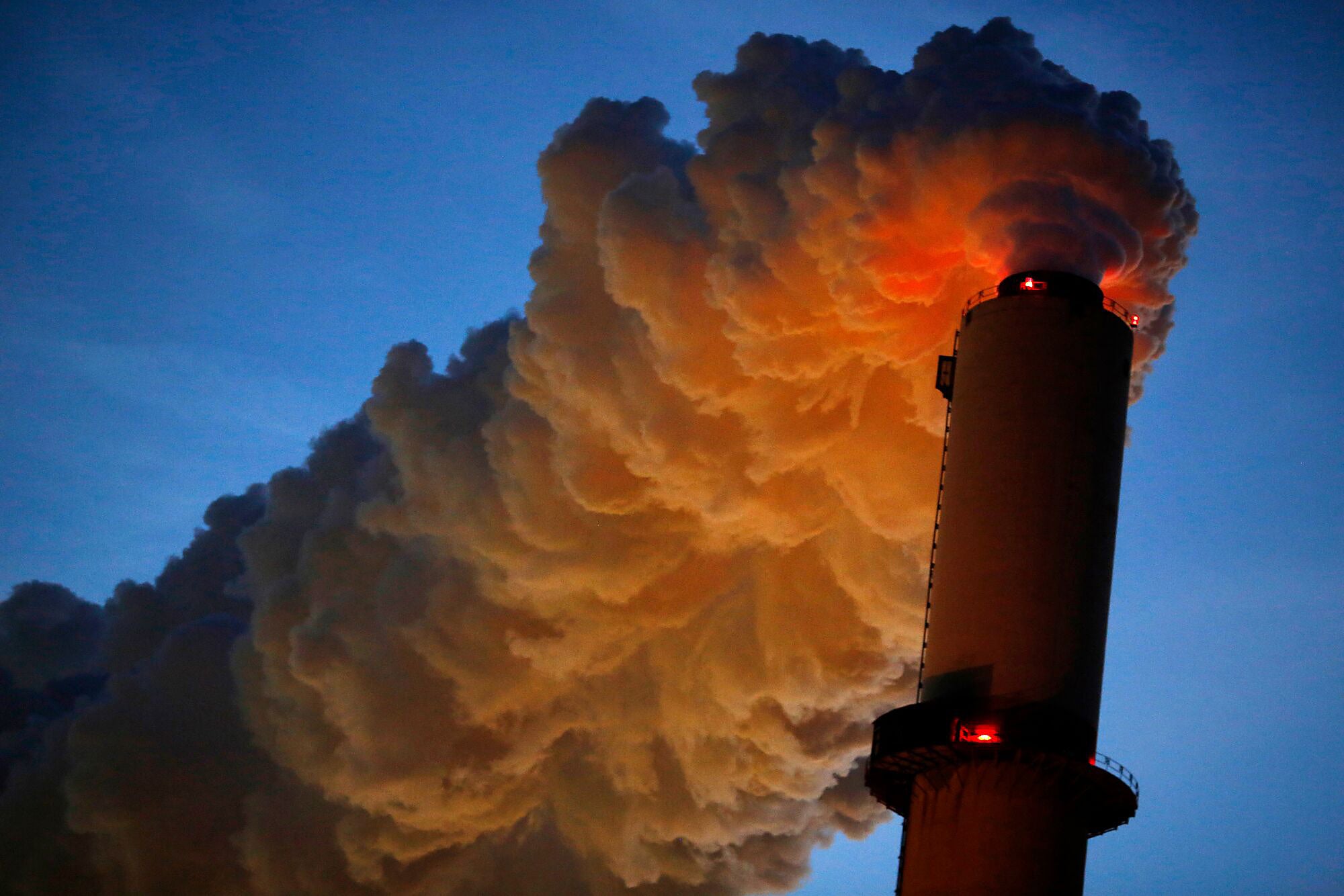
The Trump administration announced today that it is acting to repeal the most important provision authorizing the federal government to fight climate change.
In 2009, the Environmental Protection Agency (EPA) determined that greenhouse gases are air pollutants that endanger public health and welfare by driving climate change. As such, gases like carbon dioxide and methane are subject to regulation under the Clean Air Act.
This determination — rooted in scientific consensus and affirmed by the Supreme Court — is known as the endangerment finding. It is the foundation of several Clean Air Act protections that limit climate pollution from such sources as power plants, cars and trucks, and fossil fuel drilling operations.
Now, the Trump administration is denying both settled science and the government’s responsibility to address climate change. This, despite Americans facing increasing and intensifying droughts, wildfires, and other climate-change fueled disasters. Trump’s EPA announced it will rescind the finding, and by extension, eliminate greenhouse gas standards for vehicles.
“With today’s announcement, the EPA is telling us in no uncertain terms that U.S. efforts to address climate change are over,” said Earthjustice President Abbie Dillen. “For the industries that contribute most to climate change, the message is ‘pollute more.’ For everyone feeling the pain of climate disasters, the message is ‘you’re on our own.’”
Our coalition of Earthjustice, Natural Resources Defense Council, the Environmental Defense Fund, and Sierra Club has been preparing for this unlawful action. We’ll see the Trump administration in court.
Read on to learn more about where the finding came from and why it matters.
A Supreme Court order and a pile of scientific evidence
The EPA’s determination was the result of a historic Supreme Court case. In 2007, the court ruled in Massachusetts v. EPA that the agency had the authority to regulate greenhouse gases under the Clean Air Act.
This meant that the EPA was required to determine whether greenhouse gases pose a risk to public health and make rules to protect the public if so. Faced with a trove of scientific research that links greenhouse gases to a warming, chaotic climate, the agency released the endangerment finding in 2009. Since then, it has served as a basis for rules limiting greenhouse gas emissions.
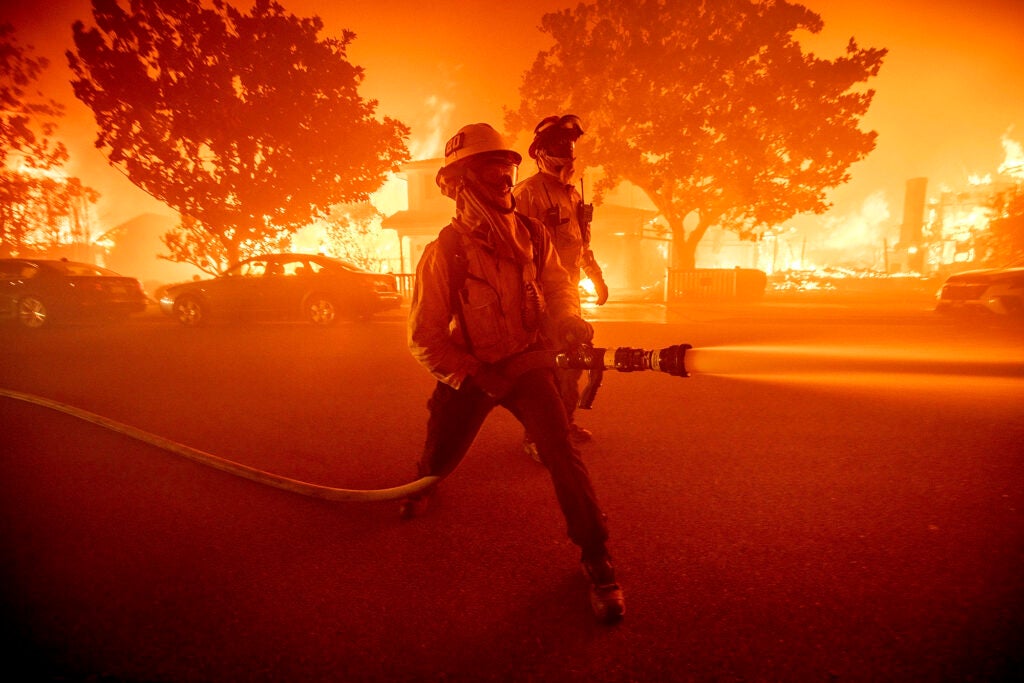
Firefighters battle the Palisades Fire as it burns multiple structures in the Pacific Palisades neighborhood of Los Angeles, Tuesday, Jan. 7, 2025. (Ethan Swope / AP)
The case for the finding has only gotten stronger
As of 2024, the last 10 years have all been the hottest on record amid increasing extreme weather events. The cost of natural disasters driven by climate change is skyrocketing. As just one example, the wildfires that ravaged L.A. this winter are estimated to have caused more than $250 billion in damage. Climate-fueled disasters are driving up insurance rates on homes and businesses, and insurers are exiting high-risk markets.
Meanwhile, the endangerment finding has withstood several industry-backed legal challenges, including one that Earthjustice helped defeat in court. In 2023, the U.S. Circuit Court in D.C. unanimously rejected the most recent challenge by an oil industry group and a collection of climate deniers, and the Supreme Court declined their request to appeal.
What’s next for the endangerment finding?
The administration released its proposal for rescinding the endangerment finding on July 29. The agency said it would comply with its legal obligation to hold a public comment period on the proposal. Earthjustice will be working with clients and partners to submit comprehensive legal and technical comments. This is also a chance for you to weigh in.
After the EPA reviews the public comments and drafts the final rule, it will be sent to the Office of Management and Budget for review. The final rule is expected before the end of the year.
What are some of the major regulations that depend on the finding?
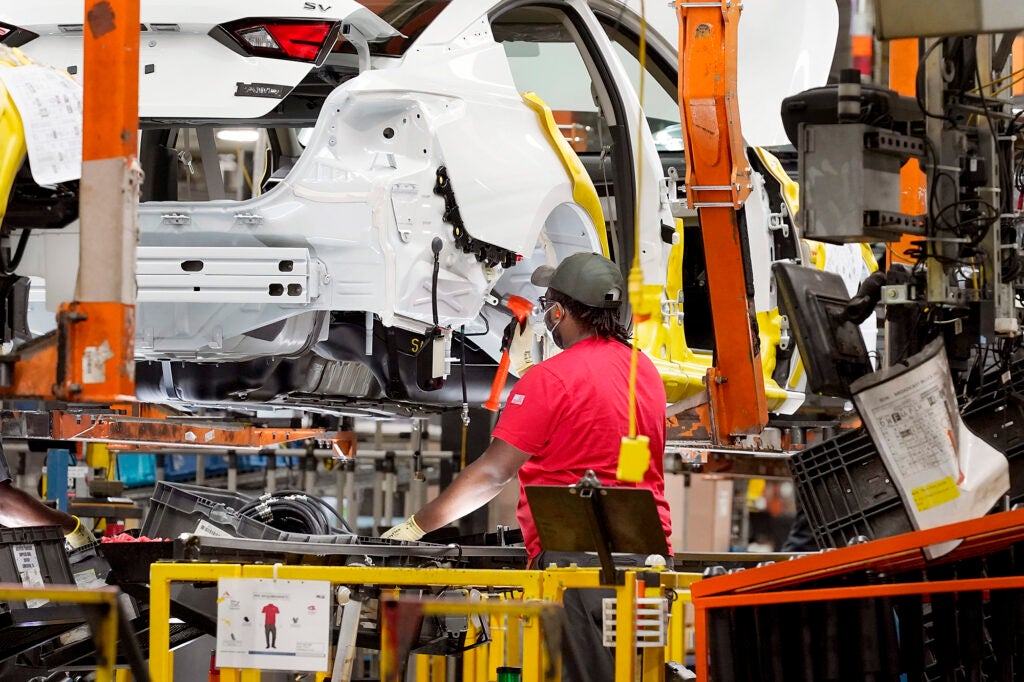
A technician uses a hammer while working on the underside of an Altima sedan at Nissan’s Canton Vehicle Assembly Plant in Canton, Mississippi. Nissan plans to build two all-new electric models at the plant starting in 2025. (Rogelio V. Solis / AP)
Limits on vehicle emissions
At the same time it attacked the endangerment finding, the Trump administration proposed to eliminate climate emissions standards for cars, trucks, and other vehicles.
Transportation is a giant source of carbon dioxide. Emissions from gas-powered vehicles make up the largest source of CO2 in the country. In March 2024, the EPA finalized new car pollution standards that move us towards a pollution-free future. The agency lowered the maximum amount of tailpipe emissions allowed from new cars, starting in model year 2027. This isn’t a ban on gas cars; instead, it pushes automakers to increase the amount of zero-emissions vehicles per fleet each year to balance out emissions from gas-powered cars and light trucks.
In reversing course, the administration is making our economy less competitive. The world is already electrifying its cars and trucks, and the Trump administration is seeking to tie American manufacturers to an old and dying technology.
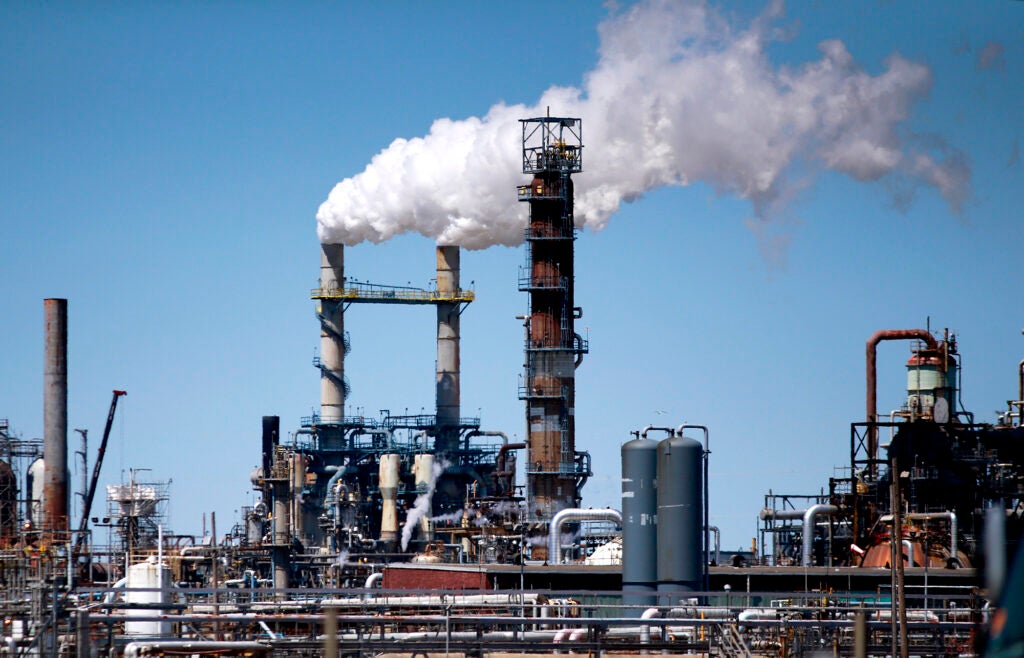
Emissions from the Linden Cogeneration Plant is seen in Linden, New Jersey. (Kena Betancur / Getty Images)
Limits on power plant emissions
Power plants are responsible for roughly a quarter of climate pollution in the country — particularly carbon dioxide. Yet until last year, these plants had a free pass to dump climate-warming emissions into the air.
In 2024, the EPA proposed standards that require new gas and existing coal-fired power plants to reduce their carbon pollution by 90%. The agency projected that the new standards would cut annual carbon emissions by the same amount as taking 328 million gas-powered cars off the road. The rule also has significant public health benefits, potentially averting up to 1,200 premature deaths a year by 2035.
In June, Trump’s EPA proposed a rollback of these power plant standards.
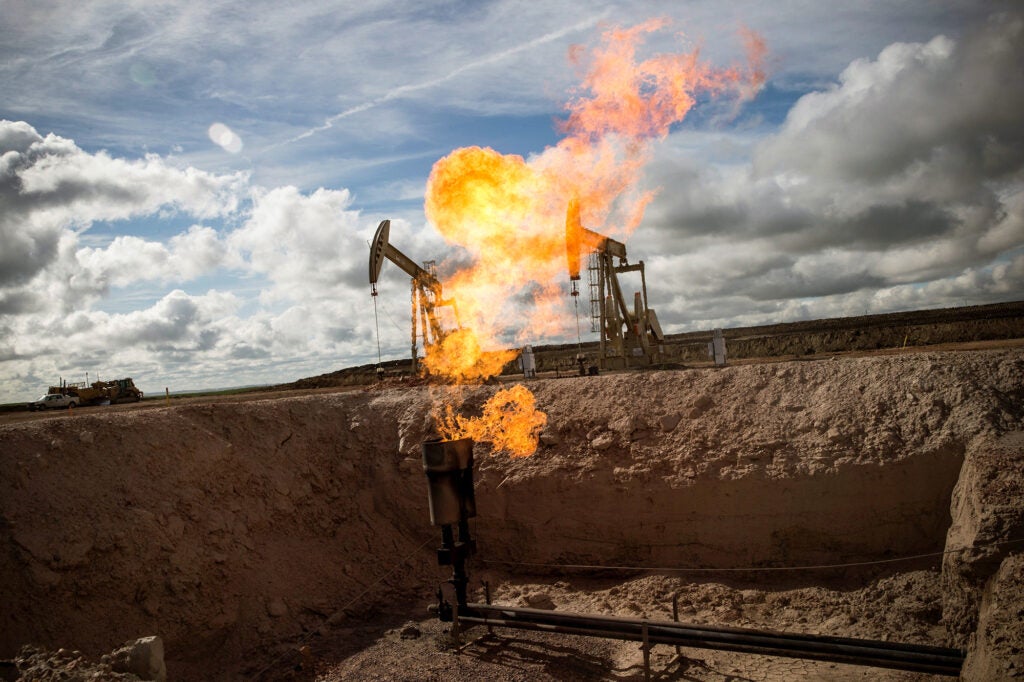
A gas flare is seen at an oil well site outside Williston, North Dakota. (Andrew Burton / Getty Images)
Limits on methane emissions from oil and gas drilling
As the country transitions to a clean energy economy, the fossil fuel industry has tried to frame “natural” methane gas as a climate-friendly energy source. It’s not: Methane traps over 80 times more heat in the atmosphere than CO2. It is responsible for approximately one-third of the global warming we are experiencing today.
Each year, fossil fuel companies leak or deliberately vent 13 million metric tons of methane into the atmosphere during oil and gas operations. In 2024, after years of legal advocacy by Earthjustice, the Biden administration adopted a rule that cuts 80% of methane from those oil and gas facilities, which are the main source of methane emissions.
The standards address the biggest sources of U.S. oil and gas methane pollution, requiring regular leak monitoring at existing and new well sites and a shift from intentionally emitting devices to widely available zero-emission equipment. The rules also include a program to quickly address the largest leaks and malfunctions — known as super-emitters — and require companies to curtail wasteful flaring (burning off excess gas).
The Trump administration is moving to delay the rule this summer and then revise or revoke it.
For decades, Earthjustice’s litigation has helped strengthen the laws that protect communities from dirty air and reduce climate pollution. We will not cede this progress.
Originally published on May 14, 2025. Updated when the Trump administration announced it would repeal the endangerment finding.